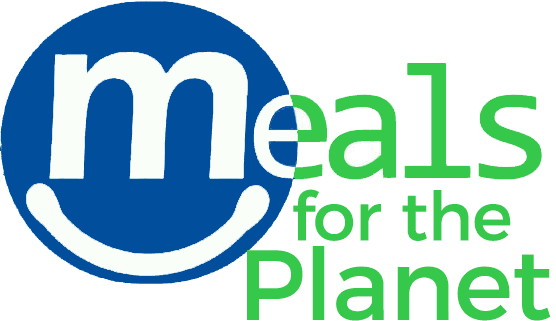A growing number of studies are showing adverse health impacts associated with living in proximity to livestock operations and fields with manure applications. Documented health issues include increased risk of skin and soft-tissue infections, exacerbation of chronic obstructive pulmonary disease (COPD), and colonization with antibiotic pathogens including livestock-associated MRSA.

- Bisdorff et al. 2012: Visiting and working at livestock facilities was associated with increased risk for carrying livestock associated MRSA.
- Carrel et al. 2014: Living within a mile of a large swine facility was associated with a doubled risk of being colonized with MRSA.
- Casey et al. 2013: Living near livestock facilities or manured fields was associated with increased risk of MRSA and skin and soft-tissue infections.
- Feingold et al. 2012: Of a group of patients all carrying MRSA, those living near livestock operations had increased chances of carrying livestock-associated MRSA in their nasal cavities. A doubling in the number of animal operations lead to increased odds for carrying livestock-associated MRSA of 25%, 77%, and 25%, for pigs, cattle, and veal respectively.
- van Dijk et al. 2016: Living in an area with a high concentration of livestock facilities was associated with exacerbation of chronic obstructive pulmonary disease (COPD) symptoms.
The studies described here all investigated residents living nearby animal agricultural and manured fields who are not necessarily working directly with livestock or in fields. Other studies show adverse health impacts for livestock and slaughterhouse workers.
Where does the antibiotic resistance come from? The majority of antibiotics used in the US are given to livestock for growth promotion. The non-therapeutic (lower) doses used for this purpose can select for antibiotic resistance genes, which can be passed among microbes in the environment. The European Union has banned antibiotics use for growth promotion in animals, which is prudent in the face of growing antibiotic resistance worldwide.
Sources:
Bisdorff et al. 2012. MRSA-ST398 in livestock farmers and neighbouring residents in a rural area in Germany. Epidemiol. Infect. 140:1800-1808.
Carrel et al., 2014. Residential Proximity to Large Numbers of Swine in Feeding Operations Is Associated with Increased Risk of Methicillin-Resistant Staphylococcus aureus Colonization at Time of Hospital Admission in Rural Iowa Veterans. Infect. Contr. Hosp. Epidem. 35(2):190-192.
Casey et al. 2013. High-Density Livestock Operations, Crop Field Application of Manure, and Risk of Community-Associated Methicillin-Resistant Staphylococcus aureus Infection in Pennsylvania. JAMA Intern Med. 2013;173(21):1980-1990.
Feingold et al. 2012. Livestock Density as Risk Factor for Livestock-associated Methicillin- Resistant Staphylococcus aureus, the Netherlands. Emerg. Infect. Dis. 18(11): 1841-1849.
van Dijk et al. 2016. Risk of exacerbations in COPD and asthma patients living in the neighbourhood of livestock farms: Observational study using longitudinal data. International Journal of Hygiene and Environmental Health 219 (2016) 278–287.


Recent Comments